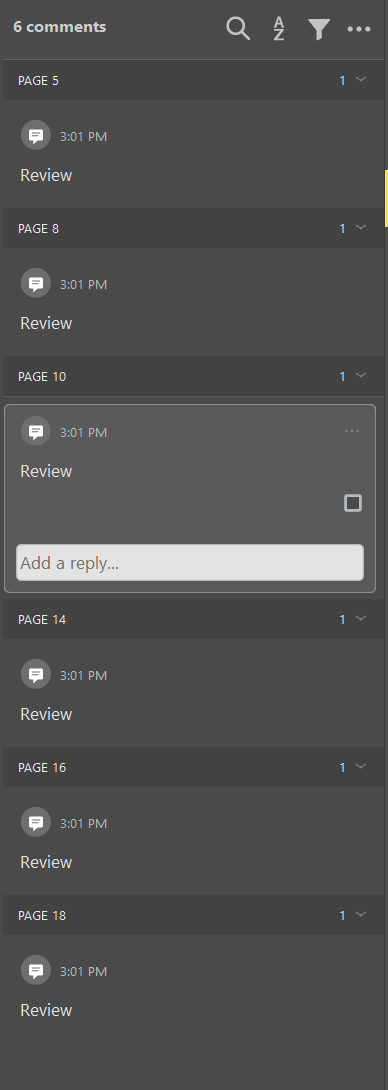
- On screen annotation adobe reader pdf#
- On screen annotation adobe reader install#
- On screen annotation adobe reader pro#
- On screen annotation adobe reader software#
- On screen annotation adobe reader professional#
Which… sort of negates the point of XFA-PDF in the first place.
On screen annotation adobe reader pdf#
As a result, there’s no way to annotate a so-called “dynamic” XFA PDF document other than to convert it to a regular PDF first.
On screen annotation adobe reader software#
Compare your favorite software to Adobe Reader, be sure you get the annotation capabilities you need.Īs discussed in a previous post, Adobe LiveCycle Designer “Dynamic XFA PDF” forms are not like other PDFs. Here’s a test file useful in comparing annotations handling. Most free PDF viewing software will display most types of annotations, but not all PDF editing software can handle all annotation types (including my beloved sound clip annotation!). Save your FDF file someplace, then email that file. The recipient can simply drag and drop the FDF onto their copy of the PDF, and presto! They’re looking at your comments. In Acrobat 9, you’ll find “Export Comments to Data File” under the “Comments” menu. This works beautifully in Adobe Acrobat and Reader (although you cannot add Notes in Adobe Reader without Reader Extensions). Ok… to answer the question: the simplest, hassle-free way to share comments is simply to: Most desktop PDF software (with important exceptions, see below) can add most types of annotations to any PDF, although not all software supports all annotation types, and some software doesn’t support annotations at all. You can even record an audio clip as an annotation to a PDF page! Very handy for delivering feedback! If you can Skype, you can record audio comments in a PDF. Sticky notes are just one of a category of features in PDF called “annotations”.īesides ‘sticky notes’ there are a variety of ways to annotate PDF files, including arrows, boxes, squiggly lines, text-boxes, you name it. It’s a common enough question, and it’s worth answering, because the answer isn’t obvious and there are a few wrinkles.

I have to purchase an add-on for $19.99 in order to do this.“I just discovered the Sticky Notes feature, and I love it! How do I share my notes with others without sending them the whole file?” If you use an alternative to Adobe's products, they don't always convert - for example, I use Nitro's PDF-XChange Pro, but it does not do OCR conversions for image PDFs.

use Acrobat X (or earlier/later versions) to convert them into OCR'd and searchable PDFs.attach the file to the Zotero record for the item as-is: you can read it on-screen and print it out, but it will not be searchable.What about articles that you receive from Interlibrary loan? Here at WSU, at least, ILL'd articles can be searchable PDFs or flat PDFs that are flat image files and not searchable. Mobile apps on your smartphone or tablet make it easy to capture great pages or paragraphs in a book or article-just be sure to also capture the citation! -)
On screen annotation adobe reader professional#
Run it through Adobe Acrobat Professional (or convert it with a similar tool) and now it is a file that can be indexed and searched within Zotero. If you copy an article from a print source it will be an image file that is not searchable. Converting non-PDF documents to PDF makes them searchable. To me, this is the real killer app for Zotero: it creates the database of you.
On screen annotation adobe reader install#
Zotero can search inside attached files that are certain file types, notably OCR'd PDFs (note, you must install the PDF indexer in the Zotero preferences for this to work). Remember if you use a service that uploads your file to convert it, your file is stored on a strange server temporarily - so don't use it with anything that is private! Note: I have not vetted any of the tools below.
On screen annotation adobe reader pro#


 0 kommentar(er)
0 kommentar(er)
